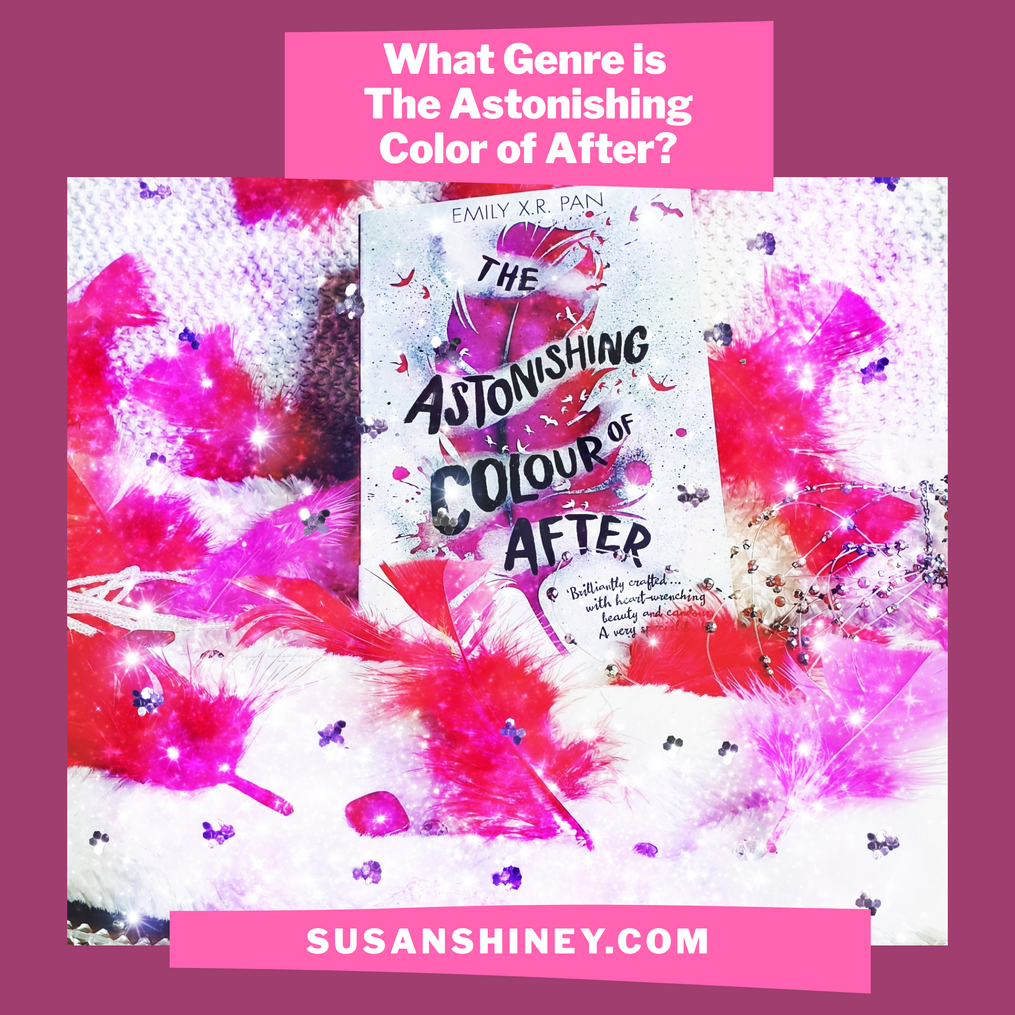
The Astonishing Color of After by Emily X.R. Pan is one of my favorite books because of its hard to place genre and literary mode. The beautiful prose and compelling story helps too. I also loved the atmosphere created with the reader experiencing Taiwan along with the main character.
This book opens a lot of doors bringing experimental fiction to the mainstream. It is a well received success with critics as well as readers. This is hard to do with a book that doesn't fit neatly into a traditional marketing category or genre.
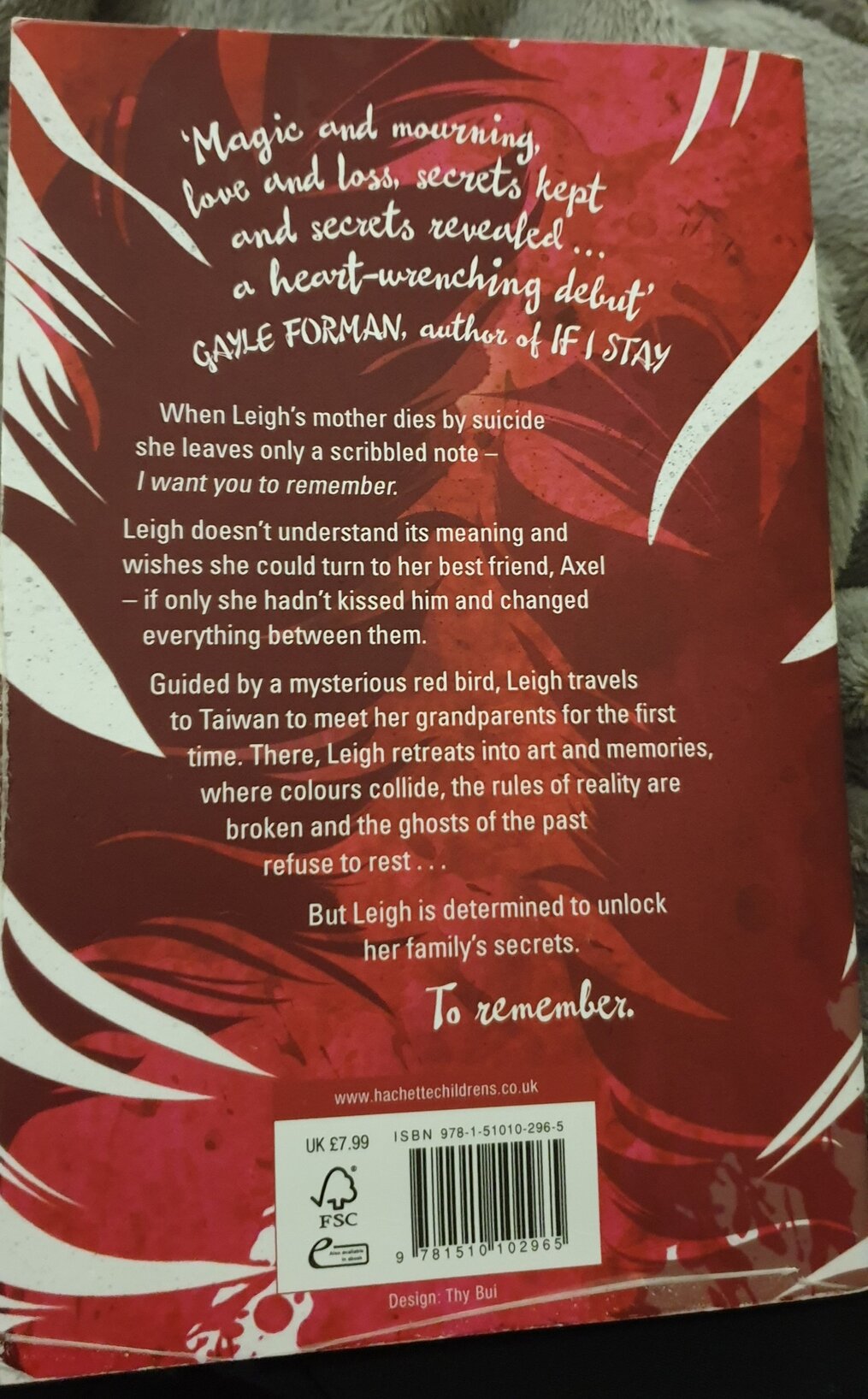
So, what genre is it exactly?
Goodreads has it placed in Young Adult, Contemporary, Magical Realism, Fantasy, Fiction, Mental Health, and Romance.
Amazon has it listed on bestsellers lists in Teen and Young Adult Fiction about Emigration and Immigration, Teen and Young Adult Fiction about Suicide, Teen and Young Adult Magical Realism Fiction. (As of November 29, 2020)
Google Books has it listed as Novel and Paranormal fiction.
We can all agree it is a young adult book with the protagonist being a teenager and the book spans her freshman and sophomore years in high school. As I started researching it more I saw it connected with a lot of contemporary titles focusing on real world issues such as suicide and mental health. Here in lies the problem that these type of books face, contemporary and fantasy readers don't always overlap. I personally love all three, contemporary, fantasy, the middle ground of both. Publishers don't always know how to market to that middle ground.
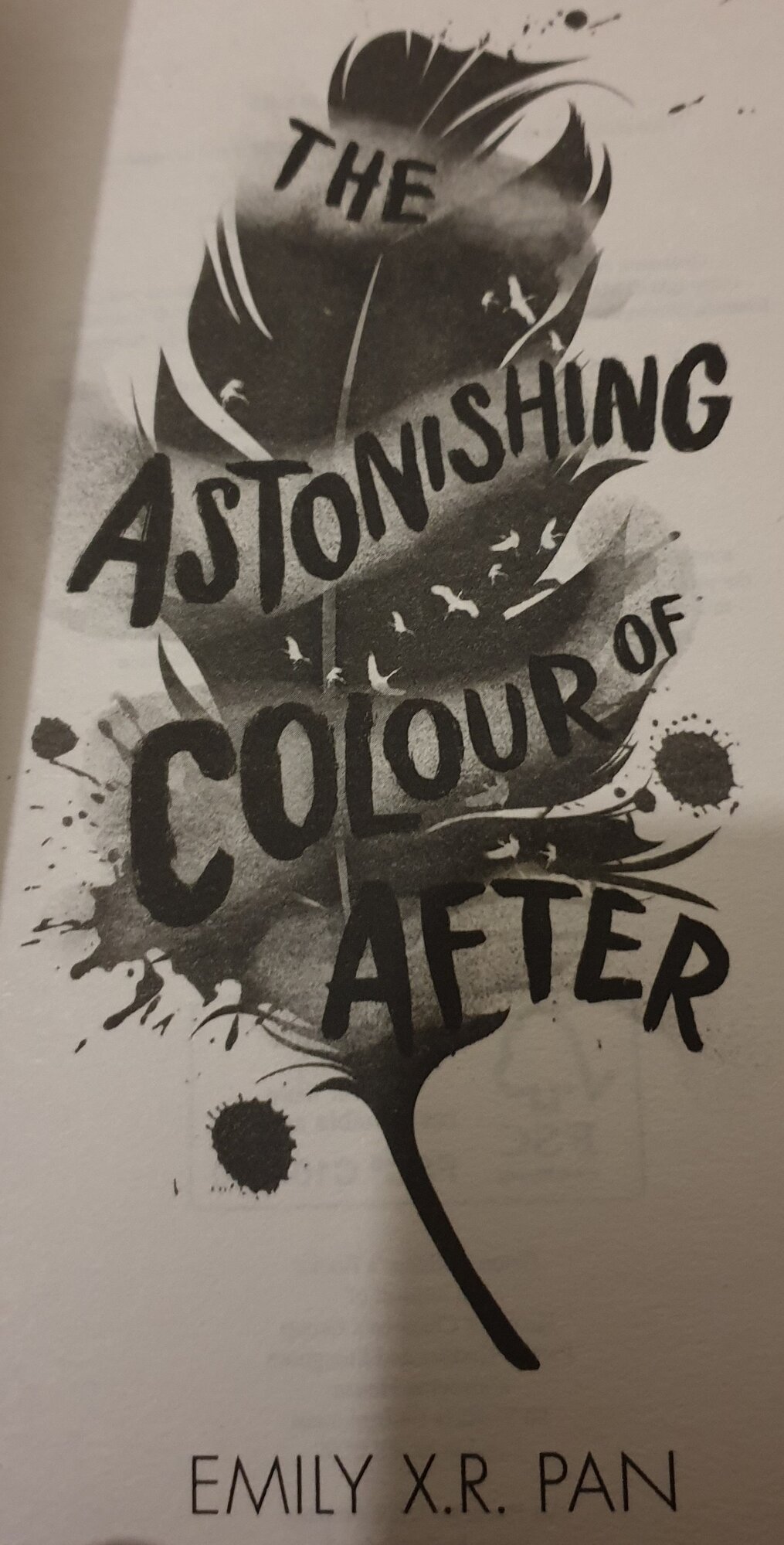
What is in the middle? I love magical realism (I wrote a blog about it here) and have been digging deeper into this literary mode rather than a genre as several people call it. These stories tend to be rooted in realism with magical or fantastical elements occurring on the periphery.
Paranormal has to do with supernatural elements that usually have a stronger connection with the main plot. This is a genre strongly identified with romance at the moment after the Twilight boom and books are careful not to be connected with that now. It also has a blurring of the lines with horror, while the Astonishing Color of After deals with spirits and ghosts, as it says on the first page, she believes her mother has turned into a bird after her death, it is definitely not a horror story. The blending of reality and supernatural can also be found in Gothic fiction that also tends to be atmospheric, yet also is more on the horror spectrum with a sense of fear towards the supernatural, instead of treated with a sense of wonder.
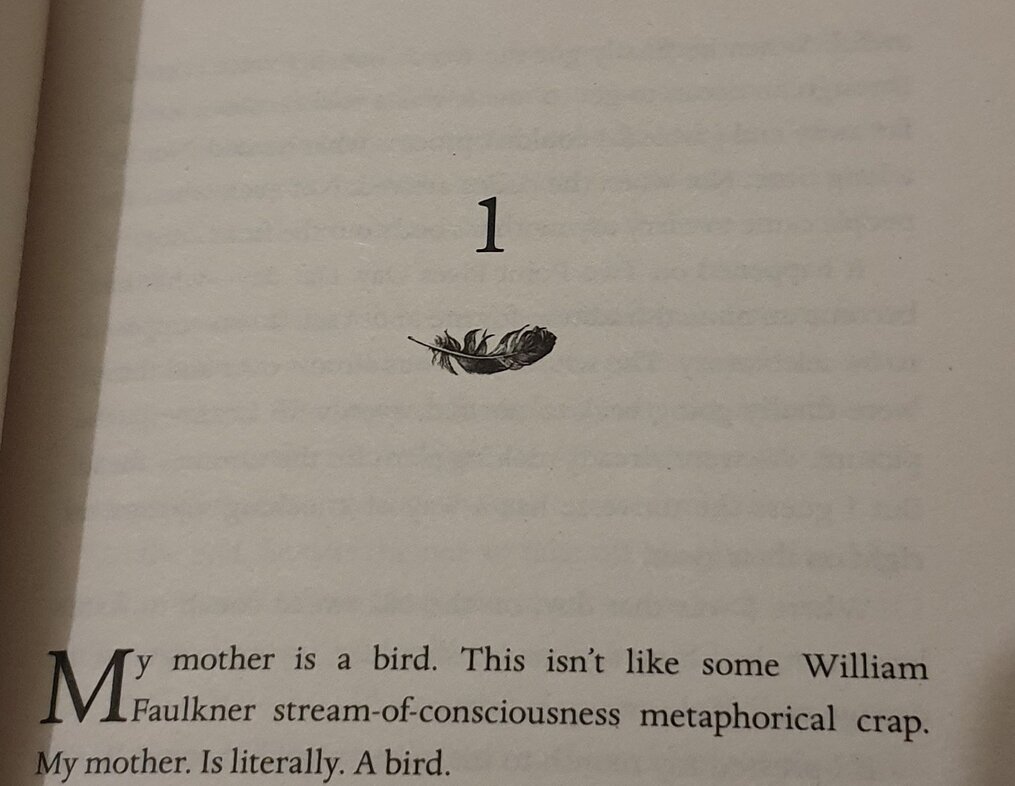
So, is it Magical Realism?
I noticed the publisher doesn't identify it as Magical Realism nor does the author. When I watched reviewers discuss the book, I noticed a trend of them describing it as Fabulist. This book helped me learn about this specification. I found this article, Don't Call it That: Magical Realism vs. Fabulism by Anne Mieke. In it she states that, "Fabulism is in fact very similar to magical realism. It also sets the fantastical in the ordinary as if it were the norm. However here the difference is, is that fabulism is more often non-political, does not address colonialism and the repurcussions, and in general is by authors who are not latinx." I hadn't considered that the popularity of the blurred reality might be appropriating a form of literature from South America.
For an even more detailed discussion of what Magical Realism isn't, I found this article by Michelle Witte, which I am sure I will revisit again and again. She gives descriptions of fantasy, historical fantasy, fairy tales and folklore, mythology, urban fantasy, supernatural, paranormal, horror, science fiction, steam punk, fabulism, and meta fiction. Michelle describes fabulism as, "Fabulism emphasises “the extraordinary over the ordinary, and the unusual over the usual,” which, as we’ve learned, is the opposite of Magical Realism, which focuses on the normal and mundane."
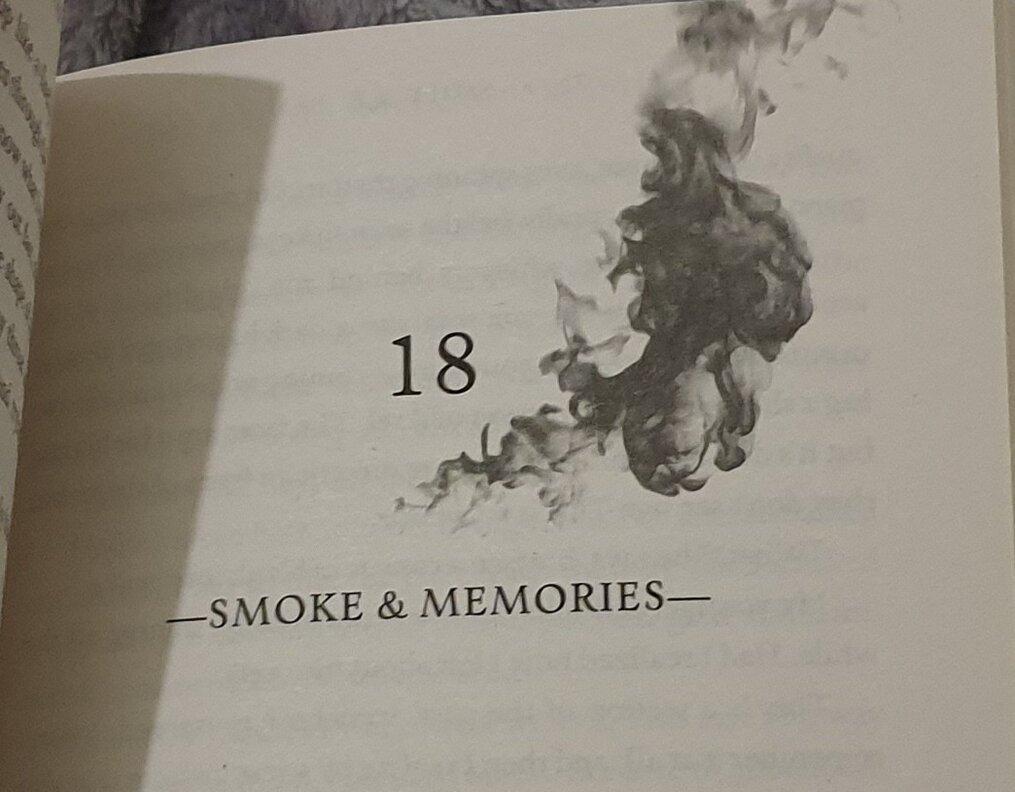
This is a great clarification for applying it to The Astonishing Color of After with a definite focus more on the extraordinary with elements of reality weaving in and out. Her main focus is to find her mother that is a bird and she travels with portals back in time to experience memories of her different family members by burning incense. She also has a whimsical narrative in her prose by describing emotions through the use of color throughout the novel, synesthesia.
¨The urgency and longing wrap around me in swirls of aureolin and splotches of violet.¨
¨Weary of the shadows and storms being tugged to the surface of my mind, mauve spilling into raw umber.¨
In Neil MacDonald's article Magic Realism vs Fantasy vs Surrealism: what’s in a genre? , he describes the differences between magical realism, fantasy, surrealism, fabulism, and science fiction. He states that surrealism is illogical, whereas fabulism draws on myths and fables.
In the context of The Astonishing Color of After, Emily X.R. Pan draws from Buddhist and traditionalist practices and beliefs of Taiwan. She talks about this in a fascinating interview on the Epic Reads Youtube channel Episode 3 of Why not YA?
Even when surrealist moments happen in the story they are based in reality are not illogical because the protagonist is a surrealist painter and when she has moments of confusion or hallucinations it is due to insomnia or some kind of emotional trauma she is processing.
The Astonishing Color of After is also on the Book Riot's 5 Stand Out YA Fabulist Books which was published on March 24, 2020 with other books on the lists that have subtle touches of fantastical mixed with the everyday. The moments of magic are borrowing from myths in most cases.
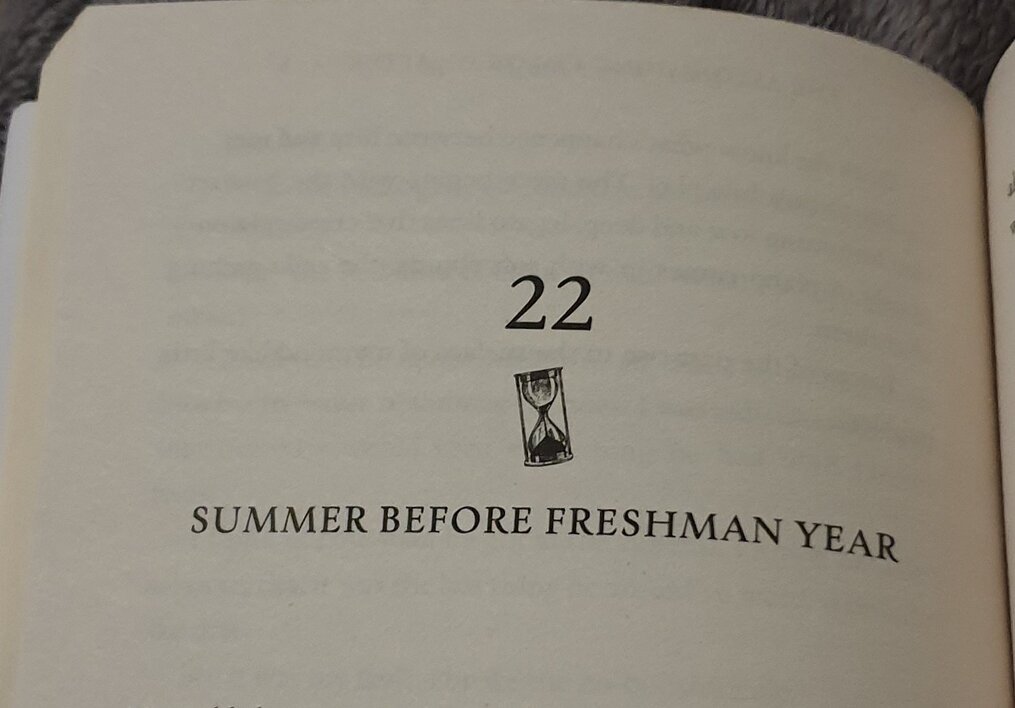
There is a lot going on in this novel and Emily X.R. Pan does an excellent job of weaving it all together. The story moves through time, but in a way that is easy to follow with the images acting as sign posts at the beginning of each chapter. The feather is for the present, the smoke for a incense fueled memory quest, and the hourglass for when the story is told in the past showing moments when her mother was alive and giving context to the connection with her love interest Axel, who is also her best friend. I loved the way the romance was kept securely as a subplot and didn't take over the whole story.
Finally, The Astonshing Color of After is a Fabulist book with cross-over appeal to contemporary young adult story lovers and is not magical realism because of its origins in myth and the magical moments play a more important role in the plot. It is also not surrealism, although it has surrealist moments because the weird moments that occur are not illogical. There is a system built within the novel.
Have you read the Astonishing Color of After? Please leave a comment below.